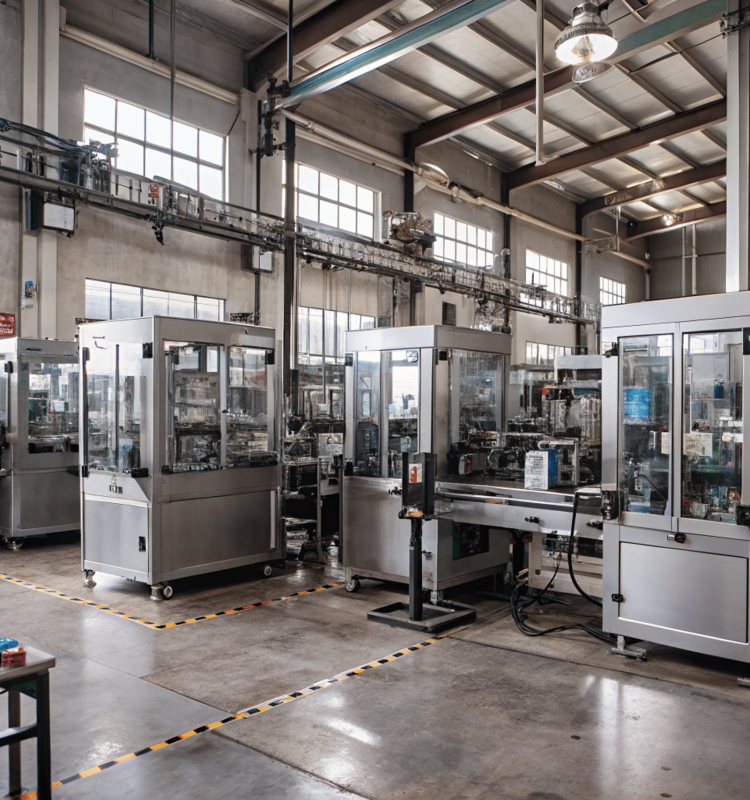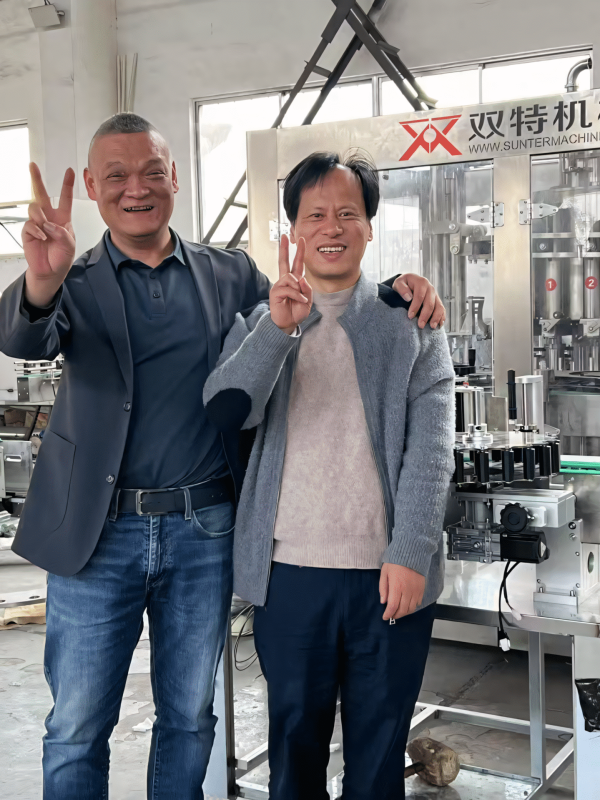Filling liquids with different viscosities is a major challenge. Inaccurate fills lead to product waste and lost profits. Choosing the right technology is the key to solving this problem.
For filling liquids with varied or high viscosities, a mass flow meter is often the superior choice due to its high accuracy and speed. It measures mass directly, unaffected by liquid properties. However, for simple applications with low-viscosity liquids, a cost-effective level sensor is a perfectly suitable option.
I remember a few years ago, a longtime client who produces honey, Mr. Li, came to me with a problem. He had just installed a new line to fill different types of honey, from thin acacia honey to very thick jujube honey. His standard level sensors were causing inconsistent fills, especially for the thick honey. It was always underfilled, and he was losing a lot of money.
The flow properties were just too different. I suggested he try a mass flow meter for his high-viscosity products. The change was immediate, and his accuracy improved dramatically. This experience taught me a valuable lesson about matching the right technology to the right liquid. Let's explore this further to help you make the best choice for your own production line.
Multi-Viscosity Filling Machine: Can a Mass Flow Meter Outperform Level Sensors[^1] in Accuracy and Speed?
Switching between thin and thick liquids often causes filling errors. This slows down your production and creates unnecessary waste. A mass flow meter can ensure consistent accuracy and speed.
Yes, a mass flow meter generally outperforms level sensors in both accuracy and speed when filling liquids with multiple viscosities. It measures mass directly, so it is not affected by changes in liquid density or viscosity, which guarantees a consistent fill every single time.
When you are dealing with a range of products, consistency is everything. The core difference between these two technologies is how they measure. A level sensor measures the volume indirectly by detecting the liquid's height in the container. This works well if the liquid's properties never change.
But when you switch from a thin juice to a thick sauce, the flow rate, density, and temperature can all be different. This variation can trick a level sensor into giving an inaccurate fill.
A mass flow meter, on the other hand, directly measures the mass of the liquid passing through it. It doesn't care if the liquid is thick, thin, hot, or cold.
A gram is always a gram. This is why weighing systems are recommended for high-value or viscous products where precision is critical. This direct measurement method provides a much higher level of accuracy and repeatability across different liquid types. Advanced machines use these kinds of systems to handle viscosity adjustments in real-time.
| Feature | Mass Flow Meter | Level Sensor |
|---|---|---|
| Accuracy | Very High (Unaffected by viscosity) | Moderate to Low (Affected by viscosity) |
| Speed | Fast | Slower, especially with viscous liquids |
| Best For | Multi-viscosity, high-value liquids | Single, low-viscosity liquids |
| Cost | Higher | Lower |
Mass Flow Filling System: Is it the Best Choice for High-Viscosity Liquids Compared to Level Sensing?
Filling thick liquids like honey or cream can be slow and inaccurate. The product sticks to container walls, causing underfills and giving you headaches. Mass flow systems measure weight, not level, for perfect fills.
For high-viscosity liquids, a mass flow filling system is almost always the best choice. It effectively avoids inaccuracies caused by poor flow, air bubbles, and product clinging to container walls, which are common problems for level sensors.
High-viscosity liquids present unique challenges that can easily defeat a level-sensing system. From my experience helping clients like Mr. Li, I've seen these issues firsthand. The liquid flows slowly, it can trap air bubbles, and it tends to coat the sides of the container.
A level sensor might detect a "full" level, but the reading is actually false because of foam on top or because the liquid hasn't fully settled. This leads to underfilled containers and inconsistent product weight. Piston or pump fillers are often used for these thick products, but their accuracy depends on the control system.
Challenges in Filling High-Viscosity Liquids
- Poor Flowability: Thick liquids don't settle quickly, making level detection unreliable.
- Air Bubbles: Foaming can trick level sensors into stopping the fill too early.
- Product Cling: Liquid sticking to the container walls can result in an inaccurate final volume.
A mass flow meter bypasses all these problems. Since it measures the weight of the product being dispensed, it is not fooled by bubbles or slow-settling liquids. It ensures that the exact target mass enters every container.
This is why methods like pump filling or piston filling, which are ideal for viscous products like sauces or honey, are most accurate when paired with a mass flow control system. While the initial investment is higher, the reduction in product waste and improved consistency often provide a quick return.
Level Sensor Filling: When is Level Sensing More Suitable than Mass Flow for Low-Viscosity Liquids?
You need a simple and affordable filling solution for your product. High-tech systems like mass flow meters can be too expensive for some applications. For thin liquids, level sensors offer a great balance.
Level sensing is more suitable than a mass flow meter for low-viscosity liquids when cost is a primary concern and extreme accuracy is not required. It is a simple, reliable, and economical solution for products like water, juice, or thin oils.
While mass flow meters are powerful, they are not always necessary. For products with water-like consistency, a level sensor works very well. These liquids flow easily and settle quickly, allowing a simple level sensor to get a consistent and accurate reading. Gravity and overflow fillers, which are perfect for thin, free-flowing liquids, often use this technology to ensure that every bottle on the shelf looks uniformly filled, which is important for customer perception.
The main advantages here are cost and simplicity. Level sensor systems are much less expensive to purchase and maintain. They have fewer complex parts, which also makes them easier to clean—a huge benefit in the food and beverage industry where hygiene is a top priority. For startups or businesses on a tight budget, starting with a level-based filler is a smart financial decision. You get a reliable system that does the job well for a specific type of product without overinvesting in technology you don't need.
When to Choose a Level Sensor System
| Factor | Condition Favoring Level Sensor |
|---|---|
| Cost | Budget is the main priority. |
| Liquid Type | Low-viscosity and free-flowing (e.g., juice, water). |
| Accuracy Need | Consistent visual fill level is more important than exact weight. |
| Maintenance | A simple, easy-to-clean system is required. |
Conclusion
In short, choose mass flow meters for high accuracy with thick or varied liquids. Use level sensors for simple, low-cost filling of thin liquids. Always match the technology to your product needs.
[^1]: Discover more about level sensors.


